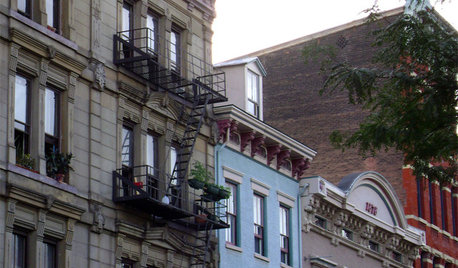Gas explosion misconceptions
zl700
16 years ago
Related Stories

WORKING WITH PROSWhat Do Landscape Architects Do?
There are many misconceptions about what landscape architects do. Learn what they bring to a project
Full Story
GREEN BUILDING6 Green-Roof Myths, Busted
Leaky, costly, a pain to maintain ... nope, nope and nope. Get the truth about living roofs and see examples from simple to elaborate
Full Story
DECORATING GUIDESCity View: Cincinnati Embraces Old and New
A Midwestern burgh takes pride in its architectural history while warming to simple, practical, modern styles
Full Story
DECORATING GUIDESHow to Channel Your Inner New Bohemian
Creative and artsy, unique and layered, these looks lead to an inspiring lifestyle at home
Full Story
DECORATING GUIDESFresh Take: 15 New Ways With Western Style
Crisp contrasts and clever interpretations are updating the home-on-the-range style
Full Story
DECORATING GUIDESCity View: Denver Design Soars
From the sweeping Rocky Mountains to industrial urban elements, Denver style shows wide-ranging and unexpected influences
Full Story
GREEN BUILDINGGoing Solar at Home: Solar Panel Basics
Save money on electricity and reduce your carbon footprint by installing photovoltaic panels. This guide will help you get started
Full Story
DECORATING STYLESIs Your Home Ready for a 1970s Revival?
Seventies chic is a trend that’s been brewing for some time, but this year it could hit big — with a few modern tweaks
Full Story
MOST POPULARWhat to Know About Adding a Deck
Want to increase your living space outside? Learn the requirements, costs and other considerations for building a deck
Full Story



kalining
davidandkasie
Related Discussions
Egg explosion! What happened?
Q
Recall: Gas Connectors Due to Fire and Explosion Hazards
Q
gas leak and explosion case
Q
Hijack the Hijack: Medical care and misconceptions
Q
kframe19
kalining
brickeyee
kalining
Ron Natalie
brickeyee
ctbosox
brickeyee
kalining
bus_driver